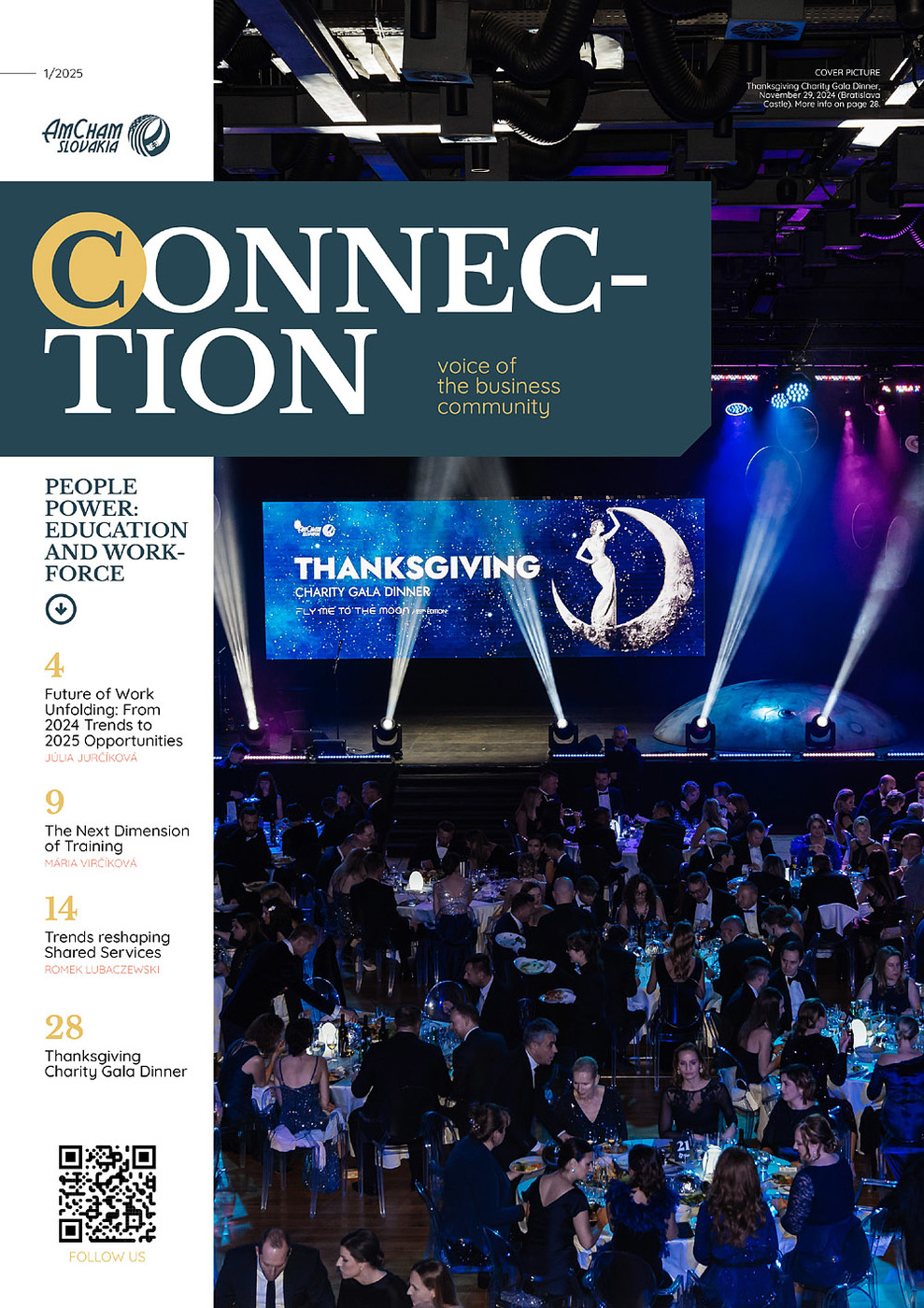Spatial computing—a game-changing blend of physical and digital realities—is reshaping education and workforce training through ultra-immersive, interactive 3D experiences. With devices like Apple’s Vision Pro, Meta’s Quests, and Project Orion, virtual environments now feel strikingly real, almost like being there in person. This technology opens up remarkable ways for students and professionals to grasp and engage with concepts that once seemed abstract or out of reach. In fields where hands-on experience is critical—like healthcare, aviation, automotive, and manufacturing—spatial computing is transforming how we transfer, retain, and apply knowledge.
Unmatched Knowledge Retention and Cost Efficiency
VR-based training increases knowledge retention by up to 75%, outperforming traditional classroom learning. This translates to technicians, for example, who can practice complex procedures multiple times in a virtual setting before ever approaching real equipment. This approach has led to a 20% increase in task completion rates, fewer errors in the field, and up to 15% productivity boosts. By empowering workers to refine their skills virtually, companies save time and reduce the risk of mistakes, leading to substantial cost savings and enhanced safety.
Transforming Abstract Concepts into Tangible Experiences
What if you could hold a beating heart in your hands without ever entering an operating room? Spatial computing makes this possible, allowing medical students to explore every artery, valve, and fiber in stunning, lifelike detail—an experience no textbook can match. This deep, interactive learning drives higher retention and true comprehension. In engineering, it’s a similar story: imagine testing and troubleshooting machinery in a virtual setting before a single part is built. Spatial computing empowers professionals to experiment, perfect designs, and resolve issues early on, saving resources and minimizing costly errors.
Bringing the Human Element to Virtual Training
Imagine stepping into a training session, and there’s a lifelike holographic mentor guiding you, step by step, through intricate processes. In high-stakes fields like healthcare or manufacturing, these holographic instructors bring a sense of human warmth and reassurance often missing in standard VR or video training. It’s not just about learning; it’s about feeling understood, supported, and seen. Holograms capture the subtleties—gestures, expressions, the reassuring nod—that make teaching feel personal and powerful.
Whether pre-recorded or live, these VR-based mentors blend emotional connection with technical precision, creating the feeling of having a trusted guide right there with you in the virtual space. This transformative approach enhances not only knowledge but also the confidence and connection that elevate the entire training experience.
Reshaping Industry Training and Safety
Spatial computing has already begun transforming industries where precision and safety are paramount, such as automotive, aerospace, and manufacturing. VR training allows workers to practice complex tasks—like assembling electric vehicle components or servicing wind turbines—within a risk-free, virtual environment. This immersive, practical approach enhances both safety and learning outcomes. Imagine technicians perfecting wind turbine maintenance or battery manufacturing processes from the safety of a virtual workspace; this reduces safety risks, enhances engagement, and leads to better preparedness.
Employees in manufacturing can rehearse critical procedures in a safe, controlled virtual environment. This type of training has been shown to increase productivity by up to 15% and reduce downtime by 20%, equipping workers with essential skills before they ever enter the physical workspace.
Empowering Career Exploration
Beyond industry training, spatial computing is a powerful tool for education and career exploration. In the U.S., for instance, the initiative Meta for Education is already making strides, positioning VR as a transformative tool across classrooms and training programs.
Students can virtually “step into the shoes” of various professionals—like a factory technician or electrician—experiencing the day-to-day responsibilities and challenges of these roles. This early, immersive exposure helps students make well-informed career choices, reducing job turnover and boosting job satisfaction in the long term. By giving individuals a realistic preview of potential careers, VR can help match people to jobs they’re well-suited for, thereby creating a more engaged and stable workforce.
From Enhancing Global Collaboration to Sustainable and Scalable Training Solutions
Pre-recorded virtual experiences are a reality, but imagine the potential of real-time global collaboration. Professionals across continents can now work together in virtual environments, sharing 3D models, reviewing complex designs, and troubleshooting problems without the need for travel. Engineers and designers in different countries can collaborate on 3D models, shortening project timelines by 15% and reducing travel expenses, saving millions in costs while enhancing project efficiency and connectivity.
By reducing the need for physical classrooms, travel, and expensive equipment, companies can cut training costs by up to 50%. VR training is also four times faster than traditional methods, saving time while delivering superior results. For global companies, VR offers scalability, enabling training programs to be deployed across multiple regions simultaneously without the logistical burden of relocating employees. This not only saves on travel and accommodation expenses but also reduces the company’s carbon footprint, supporting a more sustainable approach to workforce development.
New Era of Training
Spatial computing is no longer a vision of the future—it’s a transformative technology that’s already redefining how we learn, train, and collaborate. A report by PwC highlighted that 40% of VR learners felt more confident applying their knowledge, and they were 150% more engaged during classes. VR is setting the stage for a new era of training that is interactive, efficient, and deeply connected to the human experience. As we move into the next dimension—3D immersive learning—its impact on education and workforce development will only grow, offering a sustainable and scalable solution.
Mária Virčíková, CEO MATSUKO, Young Global Leader at World Economic Forum



Follow us